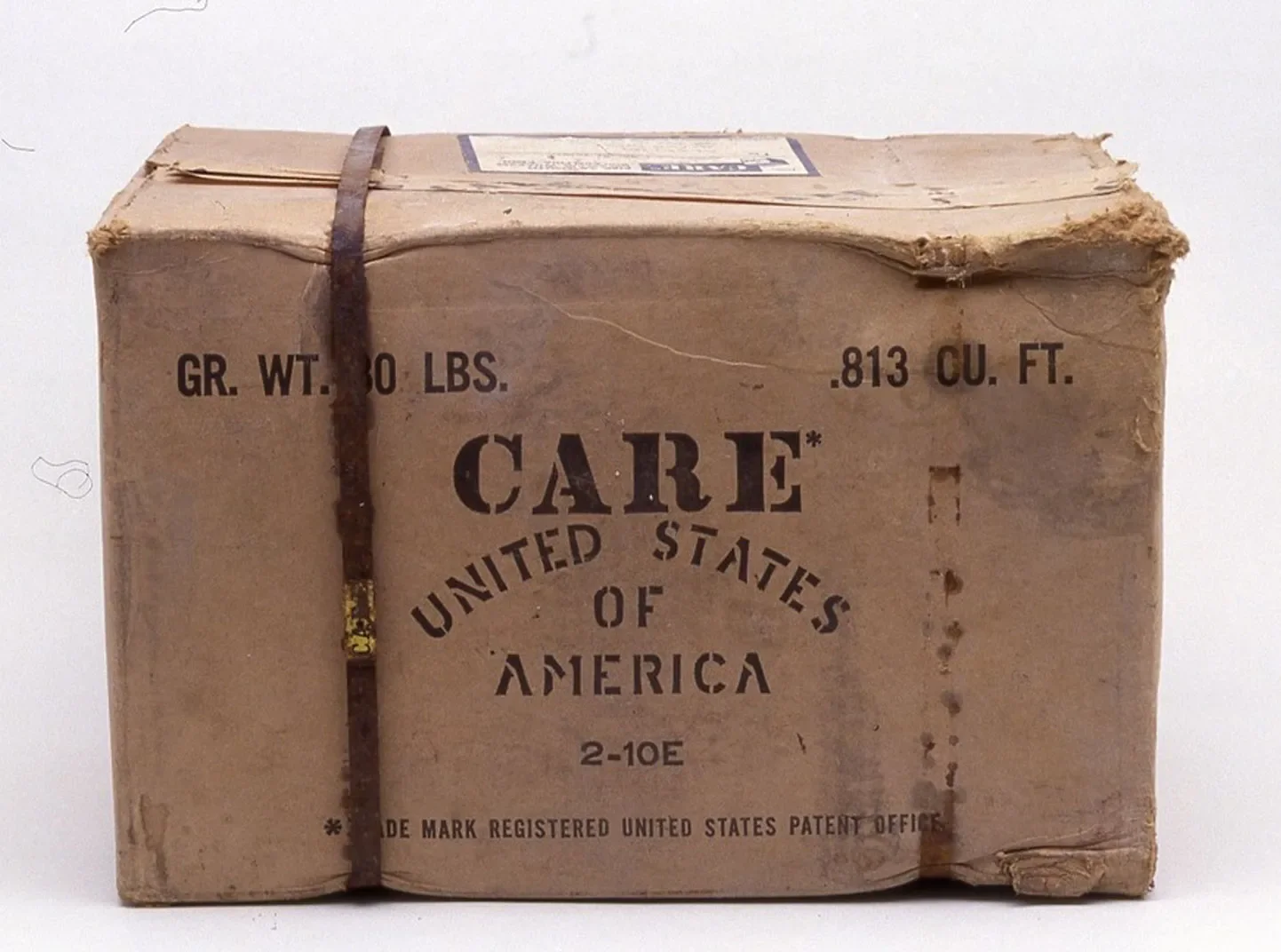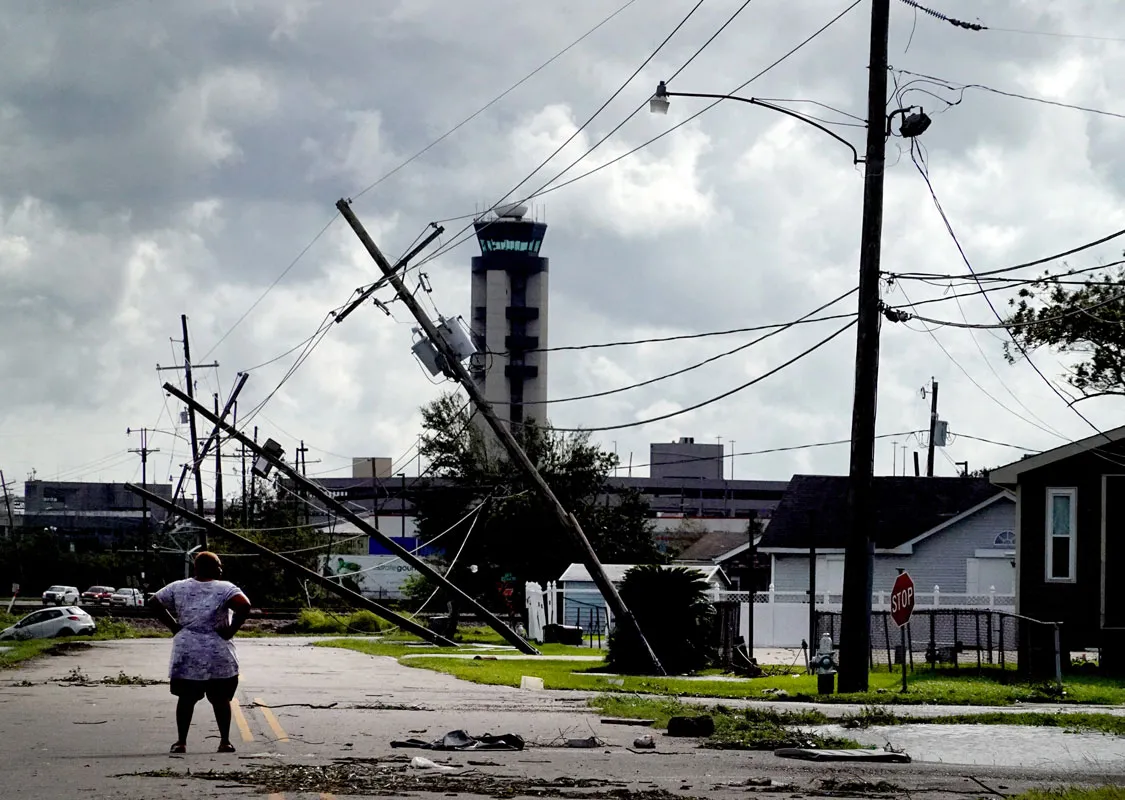About Hurricane Ida
As the world continues to fight the COVID-19 pandemic, climate-driven severe weather is compounding the challenges in ways that are impacting nearly every facet of life in the Gulf Coast region. Hurricane Ida has severely impacted coastal Louisiana, Alabama and Mississippi and the Florida Panhandle. These regions are facing severe power outages, property damage, water shortages and an unsafe increase in hazardous waste.
Over the course of the following hours and days, Ida slowed down, but continued on a path of destruction, spinning out tornadoes and flash-flooding across the Northeast, before moving out to sea. To date, Ida is responsible for 66 deaths and $50 billion in damages.
New Orleans leads the nation with the highest poverty rate among the 50 largest metro areas and over 50% of families in the metro report having no savings.
Additionally, nearly 1 million residents of the Gulf Coast are in the dark with no access to power. Many residents have evacuated to neighboring states and cities for refuge with an uncertainty of when they will be able to return home. Birmingham, Alabama; Baton Rouge, Louisiana; Houston, Texas; and, Jackson, Mississippi are among the places where most evacuees are staying right now. There is a significant increase in demand for food, water, medicine, gasoline, and sanitation.
This Gulf Coast storm lays bare racial and economic injustice. In New Orleans, local environmental groups reported that predominantly Black and Latino communities were the first to lose power. These communities have also been hardest hit by the pandemic. Many of these households do not have financial resources to relocate to safety or rebound from disruptions from both the pandemic and Hurricane Ida.

